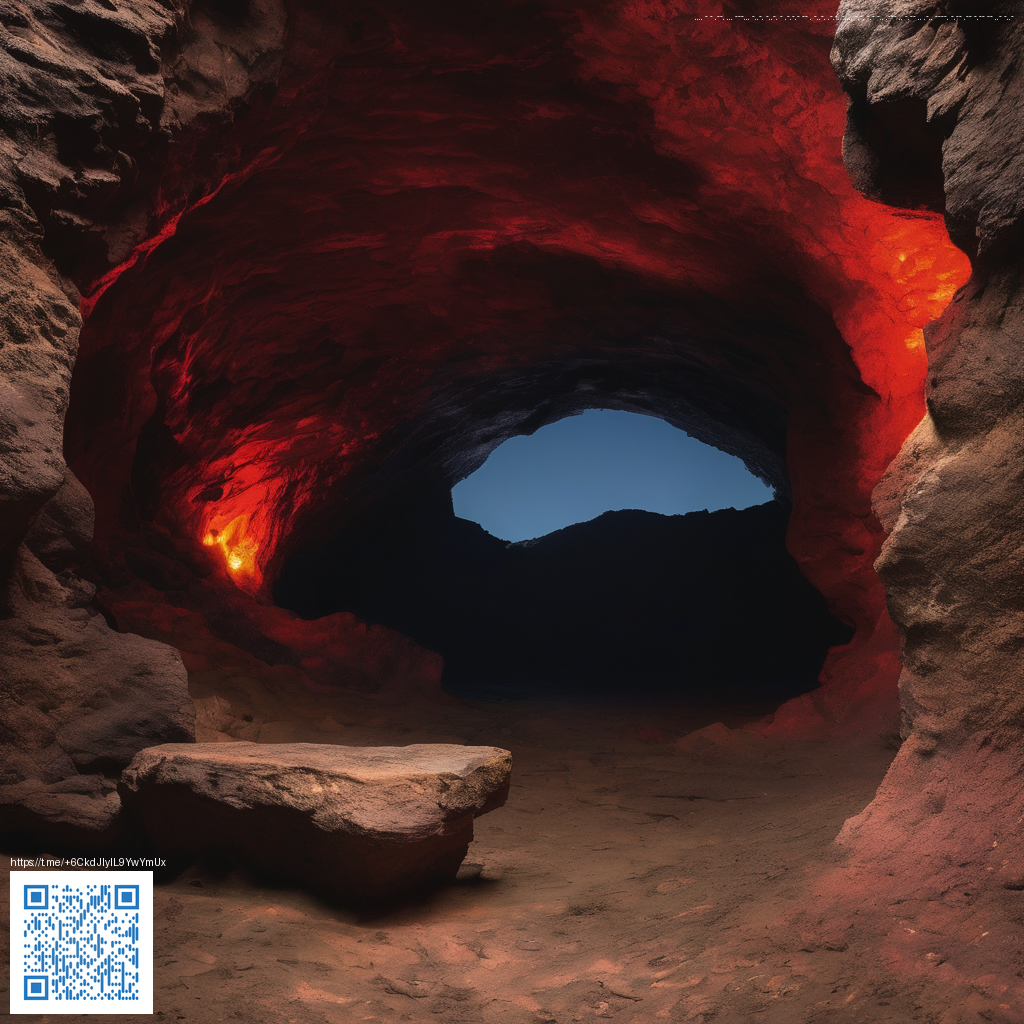
Understanding Resource Scarcity in Open Worlds
Open-world games thrive on a delicate balancing act: players crave a sense of exploration and risk, but they also expect progression not to stall under heavy-handed constraints. Resource scarcity—whether it’s food, fuel, or rare minerals—needs to feel meaningful, not arbitrary. The best designs calibrate availability so that curiosity is rewarded, mistakes teach, and every discovered area offers a fresh choice rather than a dead end. In practice, this means tuning how often resources appear, how quickly they deplete, and how players can recover or convert what they find into lasting advantages.
Why Scarcity Matters
Scarcity in an open world should create a tension that drives exploration and decision-making. If resources respawn too quickly, the world feels cheap and endless; if they never respawn, players may abandon a region after a single visit. A thoughtful approach uses regional variance, time-based cycles, and player-driven economies to keep each expedition distinct. When scarcity has consequences—risk, reward, and opportunity costs—the player learns to plan several steps ahead, much like in a real ecosystem where supply and demand shape behavior.
“Scarcity in open-world design is earned through rules you can explain, not luck you hope players discover.”
Key Design Patterns for Balanced Open Worlds
- Dynamic generation by region: Tuning resource density per biome or zone so some areas reward scavenging, while others require cooperation or trade.
- Resource sinks and maintenance costs: Items that degrade, require repair, or consume upkeep to prevent a single resource from dominating the late game.
- Time-based respawn and travel costs: Short windows for replenishment in busy hubs, longer waits in remote locales to encourage scouting and caravanning.
- Perishables and recycling loops: Some materials are consumable or transformable, pushing players toward smarter inventory management.
- NPC economies and player agency: Traders, factions, and scavenger networks create social pressures that influence resource value rather than raw scarcity alone.
- Feedback loops for progression: As players gather unique resources, new crafting tiers or abilities unlock, ensuring that scarcity supports a tangible sense of growth.
Balancing in Practice: From Design to Play
For developers, the challenge is translating abstract scarcity into concrete, testable numbers. Start with a baseline resource budget for each region, then observe how players interact during playtests. Are regions routinely cleared in a single run, or do players linger, weighing risks before committing to a raid? Use telemetry to identify chokepoints where resources vanish too quickly or persist too long, and adjust spawn curves accordingly. Environmental storytelling—visible signs of past scarcity, abandoned camps, or melting caches—helps convey the world’s logic without resorting to on-screen tutorials.
Even seemingly small touches, like desk-to-screen ergonomics during long development sessions, can influence the quality of design decisions. A reliable setup, such as the Gaming Mouse Pad Custom 9x7 Neoprene with Stitch Edges, can keep researchers and designers precise when testing inventory systems, UI layouts, and pathfinding heuristics during marathon sessions. For broader explorations of how real-world constraints inspire game systems, you can explore examples at this open-world design gallery.
The end result is a living space where scarcity fuels wonder rather than frustration. Players should feel that every resource has a story, every trade-off has a consequence, and every journey teaches them something new about the world they’re exploring. In open worlds, balance isn’t a stat line—it’s a narrative rhythm that guides discovery and reward in equal measure.